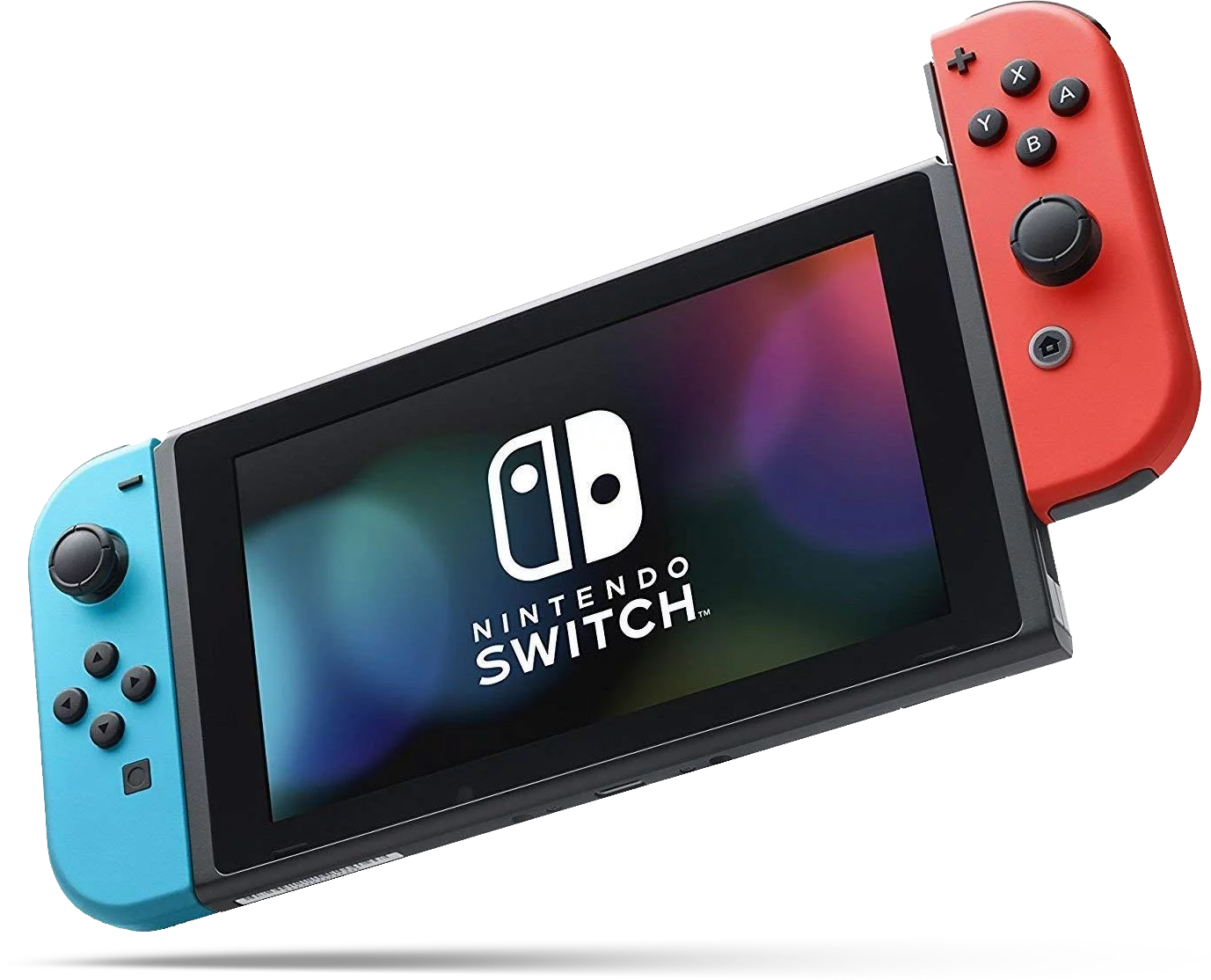Pokémon retrospective: A look back at 25 years of catching 'em all
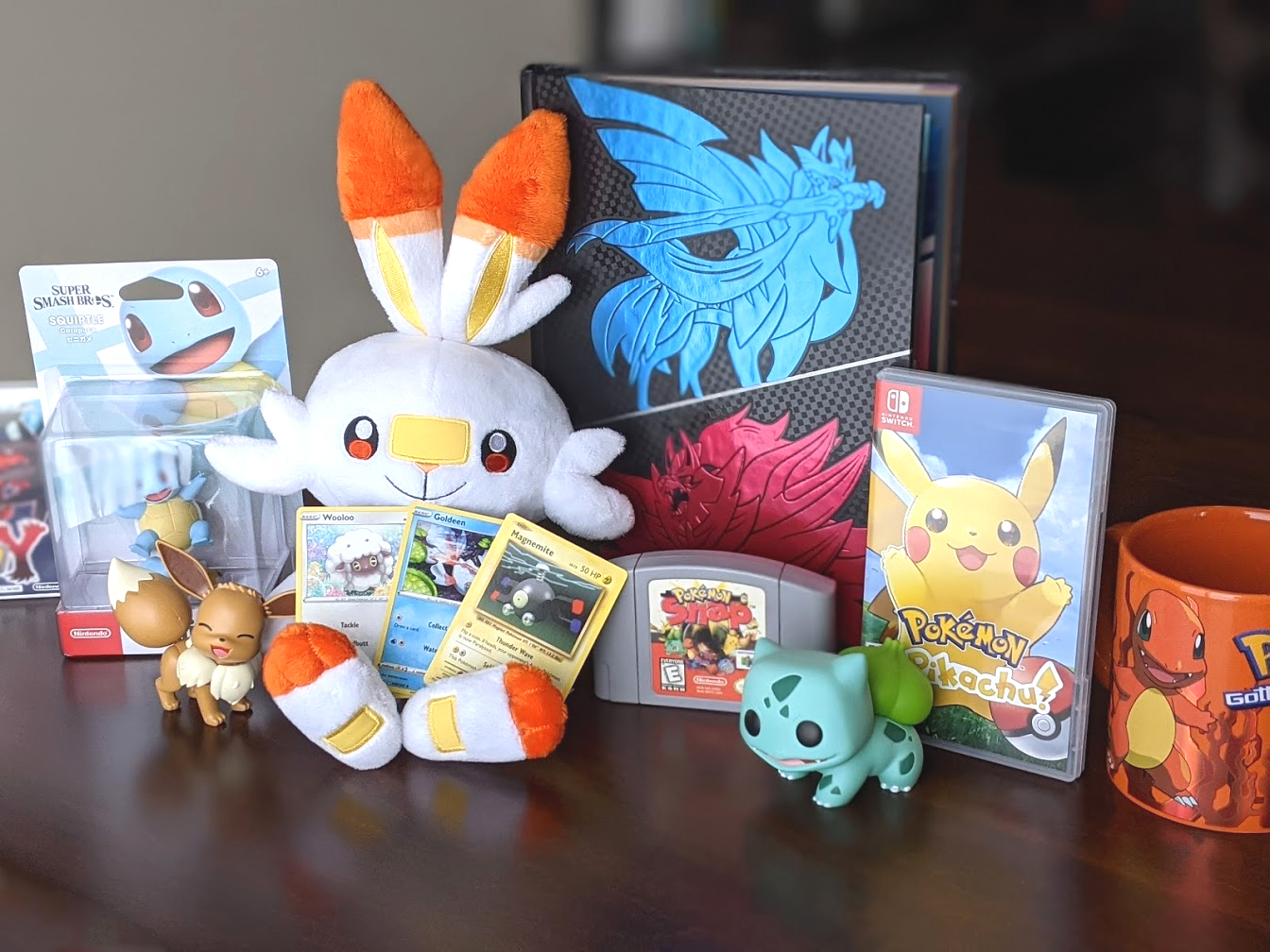
As we close in on the Pokémon anniversary and all the exciting news that is sure to bring, we here at iMore wanted to take a look back at the last 25 years of Pokémon. From video games and trading cards, to anime and manga, Pokémon is the third highest grossing media franchise in the world, beating out Mickey Mouse and Friends, the Marvel Cinematic Universe, and even Star Wars.
Be sure to check out our predictions in Pokémon 25th Anniversary: How will it be celebrated in 2021? as well as our best Pokémon Nintendo Switch accessories to get hyped up for the anniversary!
25 Years of Pokémon: The Core Pokémon Games
Although the animated series and some of the spin off games have entertained billions around the world, the success of the Pokémon franchise comes down to the solid foundation that the core games provide. These games set the stage for every other part of the franchise and are what Pokémon represents, regardless of which form it takes. Divided up into generations, the current Pokémon games, Pokémon Sword and Pokémon Shield are Gen VIII. Each generation has introduced new game mechanics, new characters, a new region, and between 70 and 160 new Pokémon species.
Pokémon Red and Green or Red and Blue?
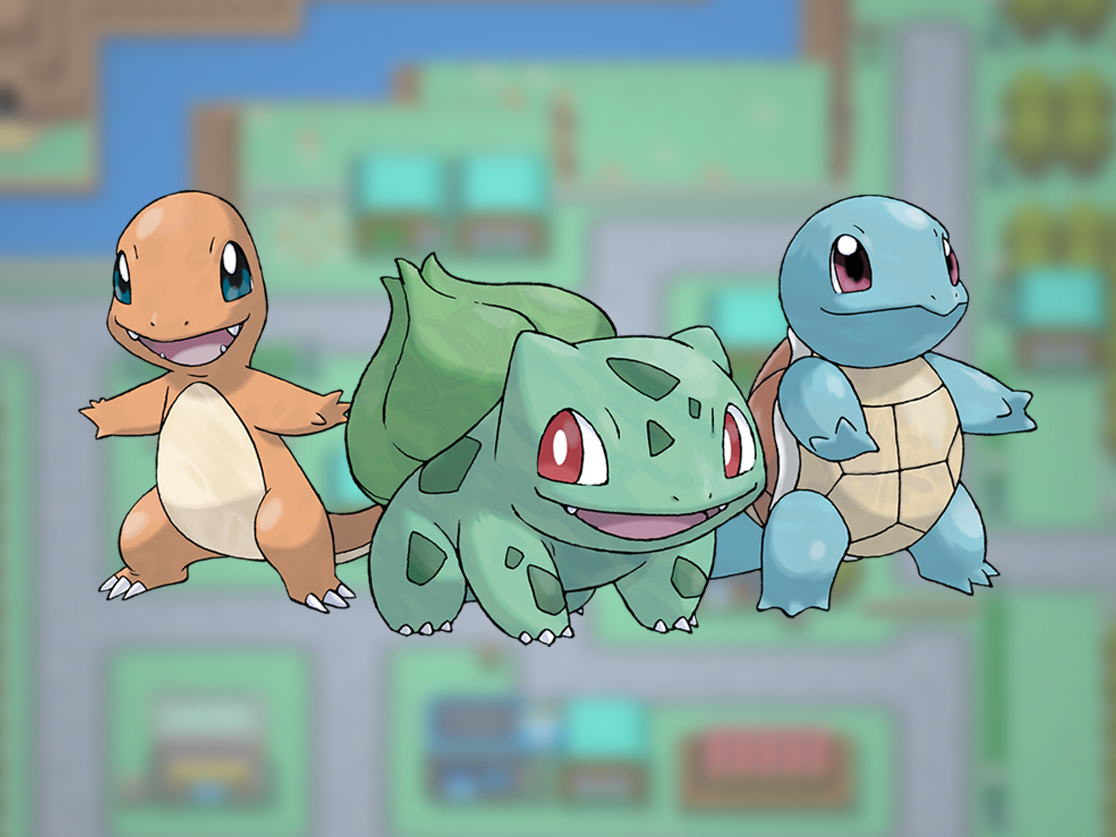
Introduced in Japan in 1996, Pocket Monsters Red and Pocket Monsters Green were the games that started the whole Pokémon phenomena. Originally released on the Nintendo Game Boy, these two games were only available in Japan for two years before they were renamed for their international debut. Titled Pokémon Red and Pokémon Blue, the international versions were very, very similar to their original Japanese release with just a handful of key differences between the pair, namely, a handful of version specific Pokémon that required trading between games to "catch 'em all".
These games have sold more than all but one Game Boy game: Tetris. They kicked off the franchise that has resulted in dozens of games, 23 seasons of anime, two dozen films, hundreds of issues of manga, and over 30 billion trading cards. There have been many series and games to attempt to replicate Pokémon's formula, but even Digimon, the most successful imitation has never been able to achieve close to the international success of Pokémon.
But what made the first Pokémon games so successful? Aside from being a very well balanced RPG, Pokémon encourages and rewards players for working together. Each of the core Pokémon games have a few species of Pokémon that are version specific, meaning you have to trade with friends to complete your Pokédex and "catch 'em all." Players could connect their Game Boys to trade or battle with friends while also enjoying a solid single player story full of unique and engaging creatures. This has been the basic formula for every core Pokémon game since.
Pokémon Yellow
Master your iPhone in minutes
iMore offers spot-on advice and guidance from our team of experts, with decades of Apple device experience to lean on. Learn more with iMore!
Just a couple years later, Pokémon Yellow was released. This enhanced version of the Gen I games took a few cues from the Pokémon animated series, namely by featuring Pikachu as the starter Pokémon, with the other three obtainable along the way. The player's Pikachu would refuse to evolve or stay inside its PokéBall, choosing instead to follow the player around much like Ash Ketchum's Pikachu does in the animated series.
Pokémon FireRed and LeafGreen
In 2004, the Game Boy Advance would see remakes Pokémon FireRed and Pokémon LeafGreen. Dubbed as enhanced remakes, this pair of games retain the story and basic gameplay of the originals with a few usability enhancements, as well as full color graphics. The biggest change with these games was the compatibility with GameCube and Pokémon Box: Ruby and Sapphire.
Pokémon: Let's Go, Pikachu! And Let's Go, Eevee!
Released in 2018, Pokémon: Let's Go, Pikachu! and Pokémon: Let's Go, Eevee! were enhanced remakes of Pokémon Yellow. These games were the only core Pokémon games to not feature wild Pokémon battles. Instead, they incorporate the catch system from Pokémon Go. Like Pokémon Yellow, these games feature a partner Pokémon, either Pikachu or Eevee, following the player on the overworld. Although these games focused primarily on the original 151 Pokémon, Mega Evolutions and Alolan Regional Variants were also available, as was Meltan - a Mythical Pokémon introduced in the mobile game Pokémon Go.
Pokémon Gold and Silver
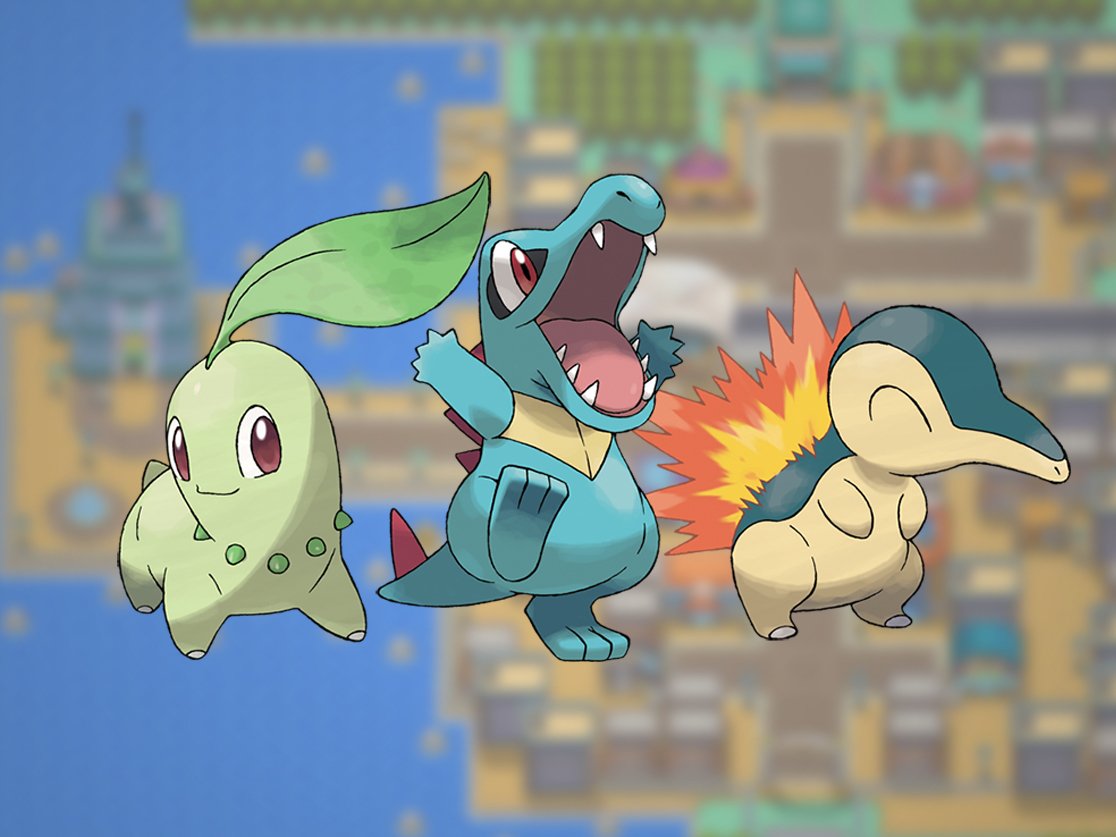
The second generation of Pokémon games, Pokémon Gold and Pokémon Silver made their way to the Game Boy Color in Japan in 1999 and North America in 2000. Often credited as the most innovative games in the series, the biggest change introduced in Gen II were Pokémon genders, which made way for breeding and eggs, as well as newly introduced Baby stage Pokémon. Also introduced in Gen II were Shiny colorations, time of day and week, held items, in particular berries, more specialized PokéBalls, PokéGear, Roaming Legendaries, and two new types: Steel and Dark. Gold and Silver were incredibly successful, having sold well over a million in their first week, breaking the record for fastest selling video game.
Pokémon Crystal
One year after Pokémon Gold and Pokémon Silver, the enhanced version, Pokémon Crystal was released on the Game Boy Color. Although it had largely the same story as Gold and Silver, Crystal featured additional subplots centered around the Legendary Beast Suicune and Unown, a Psychic type Pokémon with 28 different formes in the shape of letters and punctuation. Additionally, Crystal featured both a male and female option for the player's character, new Pokémon sprite animations, and the Battle Tower, a place where Pokémon Stadium-like battles are held.
Pokémon HeartGold and SoulSilver
In 2009, Pokémon HeartGold and Pokémon SoulSilver made their way to the Nintendo DS to commemorate the tenth anniversary of Pokémon Gold and Pokémon Silver. These enhanced remakes brought back the partner Pokémon appearing on the over map. HeartGold and SoulSilver also introduced Pokéathalon, a minigame that utilized the DS's touchscreen. Another minigame, Voltorb Flip, was added to the international release. An item, GB Sounds was also introduced that allowed the player to use the original 8-bit music.
Pokémon Ruby and Sapphire
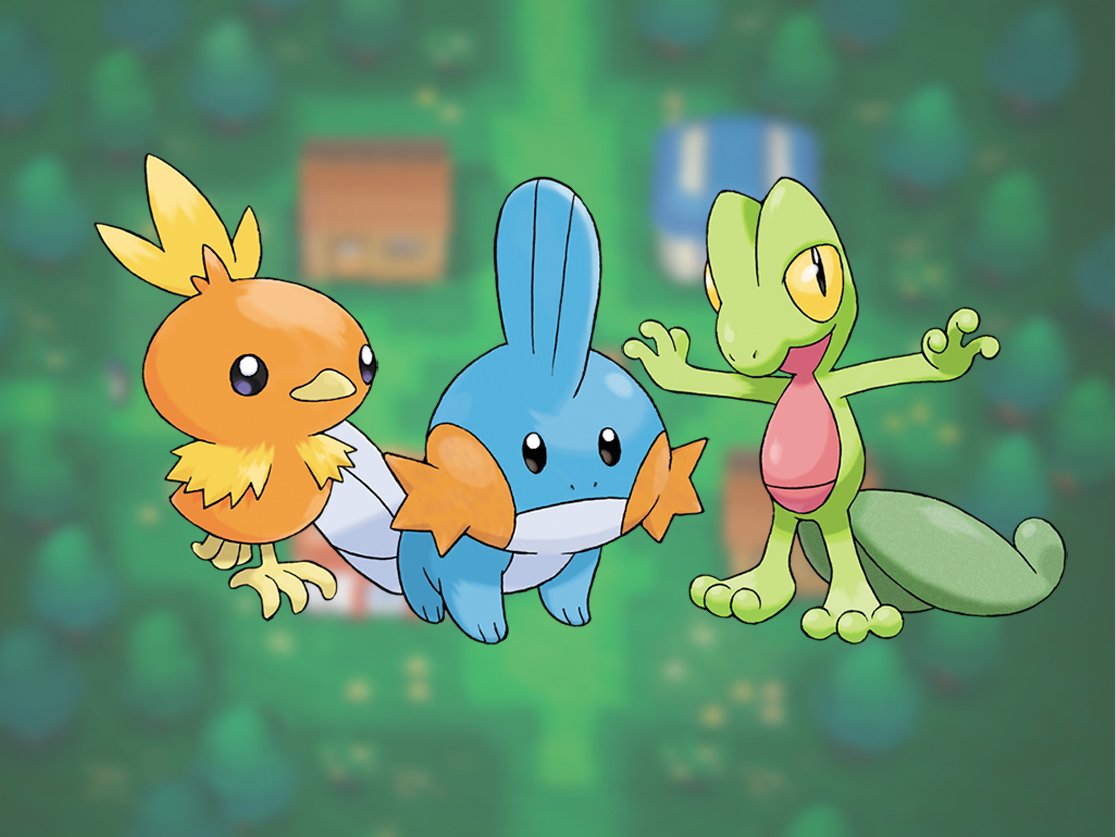
In 2002 Gen III was introduced with Game Boy Advance games Pokémon Ruby and Pokémon Sapphire. Ruby and Sapphire didn't change nearly as much as Gold and Silver. The biggest new feature was the addition of double battles and multi battles. Innate abilities and natures were also a fairly substantial addition that has carried over to many other games and been expanded upon in ways that add another layer to battles and strategies. Smaller new features included Pokémon Contests and Conditions, Weather Conditions, and Secret Bases. Ruby and Sapphire would soon become the best selling Game Boy Advance games of all time, a spot closely followed by two other Pokémon games.
Pokémon Emerald
In 2004, an enhanced version of Ruby and Sapphire, Pokémon Emerald was also released for the Game Boy Advance. Although Emerald wasn't quite as successful as Ruby and Sapphire, it came close, holding the number three spot of best selling GBA games. Emerald expanded on double battles and added the Battle Frontier and Battle Points. It was compatible with Ruby, Sapphire, FireRed, LeafGreen, and Pokémon XD: Gale of Darkness. Otherwise, Emerald was very similar to Ruby and Sapphire, with mostly cosmetic changes like the Trainer's outfits.
Pokémon Omega Ruby and Alpha Sapphire
In 2014, enhanced remakes Pokémon Omega Ruby and Pokémon Alpha Sapphire were released on the Nintendo 3DS. Although the storylines for Omega Ruby and Alpha Sapphire were mostly unchanged, they featured an additional quest, Delta Episode, that tasked the player with stopping a meteor containing the Mythical Pokémon Deoxys by capturing the Legendary Pokémon Rayquaza. They also added 21 new Mega Evolutions and the Primal Reversions for Kyogre and Groudon, as well as new 3D graphics and online functionality.
Pokémon Diamond and Pearl
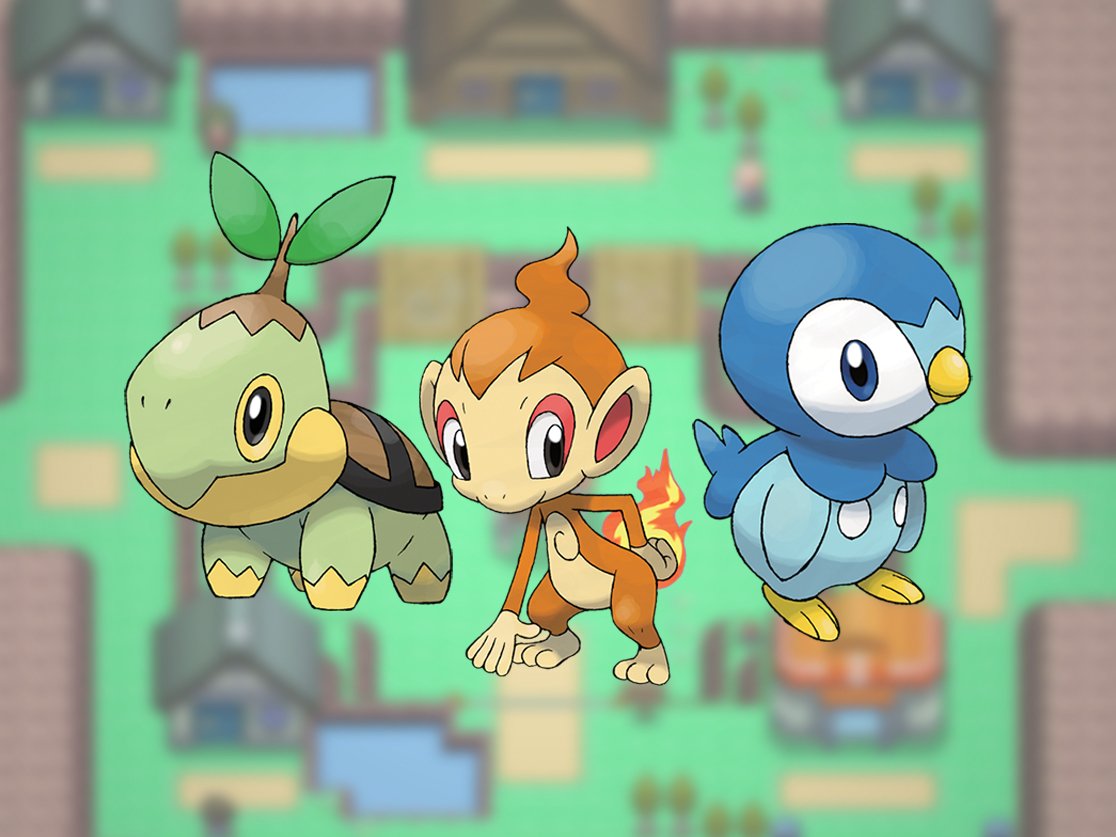
Introducing the Sinnoh region and Gen IV, Pokémon Diamond and Pokémon Pearl were released in 2006 for the Nintendo DS. Diamond and Pearl remain among the most successful games in the whole franchise. Some of this success is due to several small new features, as opposed to a big overhaul that some of the other games implemented. Diamond and Pearl added a daily clock split into 5 periods (morning, day, afternoon, evening, night). The elemental type attacks were expanded, allowing for physical, special, and status moves of the same type. Additionally, Diamond and Pearl introduces Pokétch, an in game tool that featured a smartwatch, calculator, drawing pad; the Underground, a wireless multiplayer area that included Secret Bases and minigames; support for Nintendo Wi-Fi Connection, including voice chat, wireless battles, and trading; the GTS (global trade station); and expanded Pokémon Contests using newly introduced Poffins.
Pokémon Platinum
Two years later, the enhanced version Pokémon Platinum was released for the Nintendo DS. Platinum added additional formes for Giratina, Shaymin, and Rotom, with Giratina's alternate forme being a major plot point. It also introduced the Wi-Fi Plaza, a series of minigames with up to 20 players; the Vs. Recorder; the return of Battle Frontier, and compatibility with Gen III core games, as well as Pokémon Battle Revolution and My Pokémon Ranch. It expanded the GTS and brought in six previous Legendary Pokémon, Articuno, Zapdos, Moltres, Regirock, Regice, and Registeel. A new area known as the Distortion World was also introduced as the home of Giratina.
Pokémon Black and White
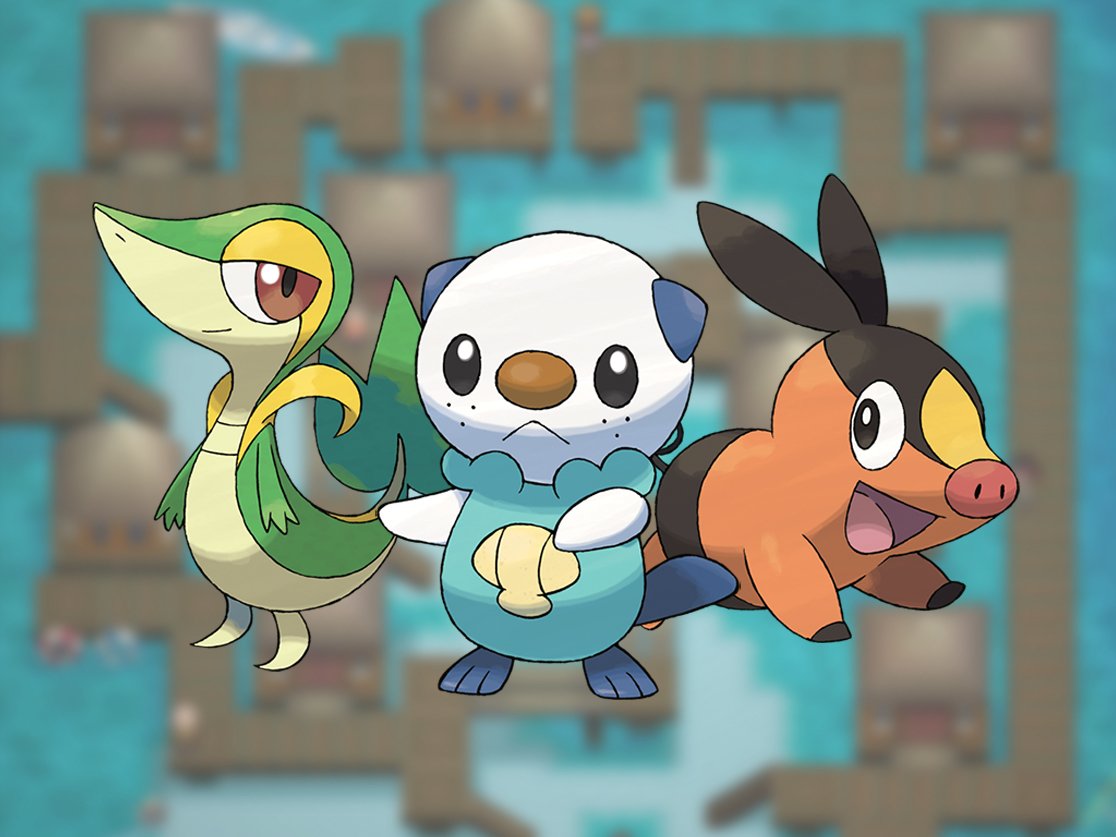
Released in 2010, Pokémon Black and Pokémon White introduced the Unova region and Gen V. The most notable addition of Gen V was the most new Pokémon of any generation at a whopping 156! Black and White also featured a big graphics upgrade, including animated sprites for the entirety of battles. Other additions included seasons, with the Pokémon Deerling and Sawsbuck changing formes to match the current season; Triple Battles and Rotation Battles; Combination Moves; Rustling Grass and Rippling Water, which provided rarer wild Pokémon like Emolga, Audino, and Alomomola; Dust Clouds in caves and Shadows on bridges which served as the only means of catching Drillbur, Excadrill, Ducklett, and Swanna; several minigames; Pokémon Musicals; the Battle Subway; and the Royal Unova, a boat where Trainers could go for even more battles.
While Black and White saw widespread success, like all of the Pokémon core games, they fell short of the sales that Diamond and Pearl had. However, unlike any previous games, Black and White had something that no other Pokémon core game had: sequels.
Pokémon Black 2 and White 2
Two years after Black and White were released, Pokémon Black 2 and Pokémon White 2 were the first direct sequels of the franchise. This came as a big surprise to fans who had predicted an enhanced version, Pokémon Grey; however, as a big part of the focus for Black and White were opposites, the creators felt like a single enhanced version didn't fit this story.
Black 2 and White 2 picked up two years after the events of Pokémon Black and Pokémon White and focused largely on the Legendary Pokémon Kyurem, who fuses with mascots Reshiram and Zekrom to form White Kyurem and Black Kyurem. The Legendary Pokémon Tornadus, Thundurus, and Landorus, and Mythical Pokémon Keldeo were also given new formes.
In addition to being true sequels, Black 2 and White 2 featured multiple new areas; the PokéStar Studios minigame; the Pokémon World Tournament which allowed players to challenge gym leaders and prominent Trainers from previous games; and the Key System, which allowed players to unlock Black Tower or WhiteTree, as well as chambers where they could encounter the Regi Trio: Regirock, Regice, and Registeel.
Pokémon X and Y
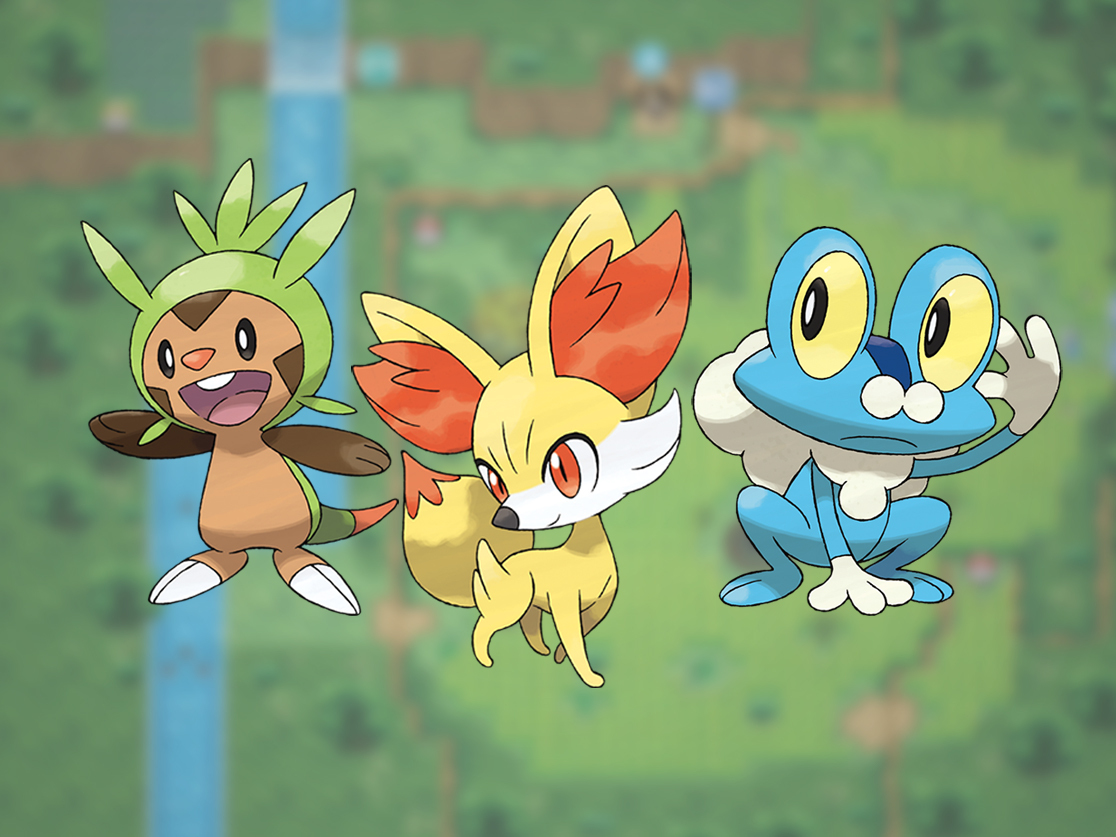
Gen VI was introduced internationally in 2013 with Pokémon X and Pokémon Y on the Nintendo 3DS. These were the first Nintendo-published games to have a simultaneous global release. Set in the Kalos region, a map based loosely on France, X and Y were also the first to feature fully 3D polygonal graphics, as well as a wide range of customization options for the player's character. This generation added a ton of new features and game mechanics. The addition of Mega Evolution not only added a exciting new element to battles, but also provided the foundation for the remakes of Ruby and Sapphire.
Other big additions included Fairy type, the first new type since Gen II; Sky Battles and Horde encounters; the Pokémon-Amie system; Super Training; the Player Search System (PSS); the Holo Castor; Wonder Trades; O-Powers; and an expansion of the GTS. The Pokémon Bank and the Poké Transporter were also introduced alongside Pokémon X and Pokémon Y, allowing for cloud storage of most Pokémon that could then be moved in bulk from one game to another. This would later be replaced with Pokémon HOME, the current cloud storage system for core Pokémon games and Pokémon Go.
Pokémon Sun and Moon
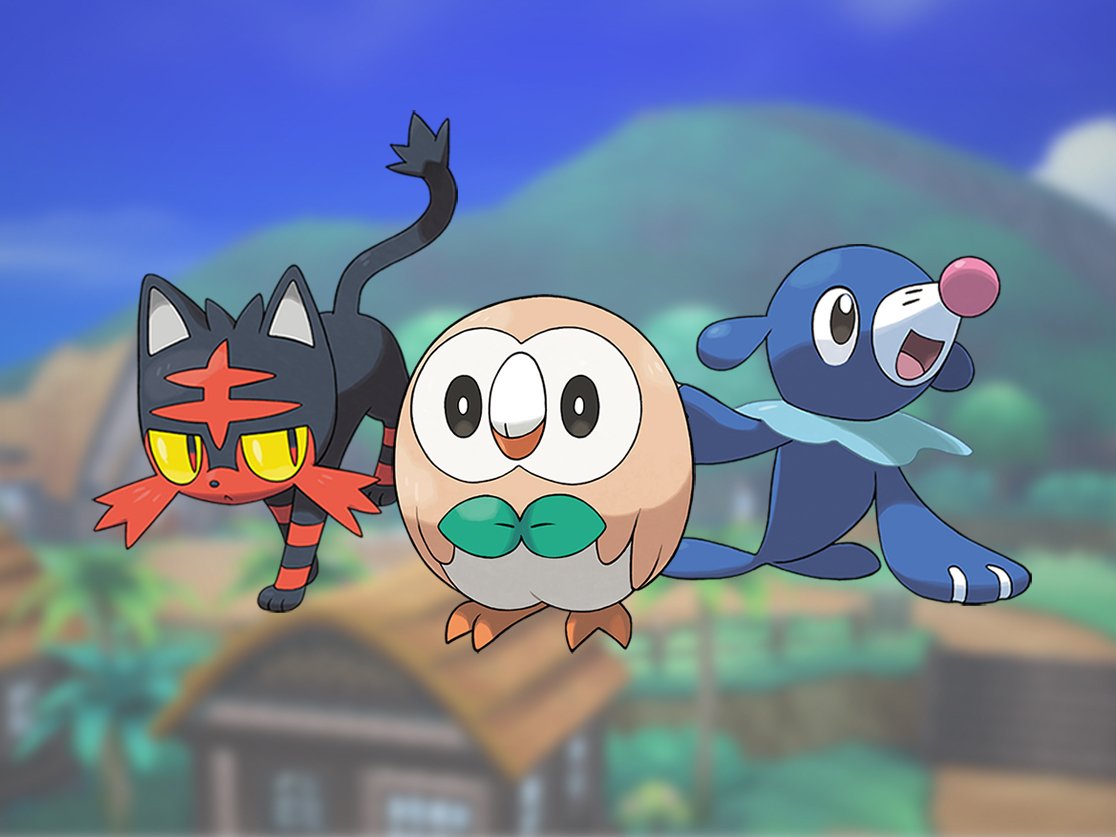
In 2016, Gen VII was ushered in with Pokémon Sun and Pokémon Moon commemorating the 20th anniversary of the franchise. The graphics were improved dramatically, giving characters more realistic proportions, and even more customization options were added as well. One of the coolest new features was the introduction of Regional Variants, Pokémon who adapted to the very different environments of the Alolan Islands, giving them different appearances and typing. Sun and Moon also introduced the Rotom Pokédex, a Pokédex literally possessed by the Electric and Ghost type Pokémon, Rotom; Z-Moves, incredibly powerful attacks that can only be used once per battle; Ride Pokémon; the Poké Finder, which added a Pokémon Snap-like minigame; the Battle Tree; and the Festival Plaza.
Another big change from previous Pokémon games, Sun and Moon did not feature Gyms. Instead, players would complete the Island Challenge, a series of trials at each of Alola's islands. Instead of focusing primarily on battles, the trials incorporated puzzles and other challenges as well. Upon completing all the trials on an island and facing the island Kahuna in a grand trial, players could move on to the next island. At the very end, the Island Kahunas all gather to form a Pokémon League for the player to challenge.
Pokémon Ultra Sun and Ultra Moon
Returning to enhanced versions, Pokémon Ultra Sun and Pokémon Ultra Moon were released in 2017. While the storylines were very similar, there were some key differences in how events played out. Ultra Sun and Ultra Moon also added new Ultra Beasts, new formes for Necrozma and Lycanroc, Totem Stickers which allowed players to catch Totem Pokémon, Mantine Surf, the Alola Photo Club, the Ultra Warp Ride, a return of all previous Legendary Pokémon, brand new Z-Moves, and the Roto-Loto.
Pokémon Sword and Shield
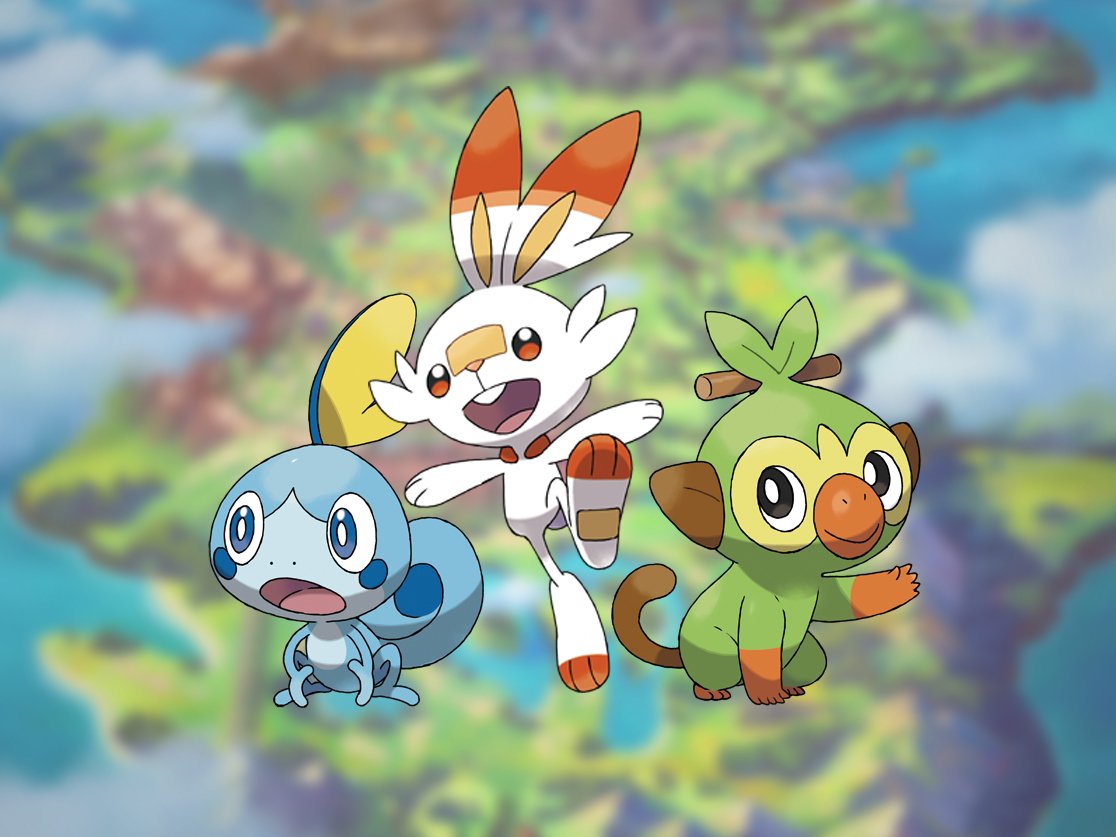
As Nintendo has moved away from separate consoles and handhelds, Pokémon Sword and Pokémon Shield were released in 2019 and represent the first generation introduced on the Nintendo Switch. Gen VIII is set in the Galar region, an area based loosely on the UK. A first in the series, Sword and Shield only featured roughly half of the international Pokédex, with many Pokémon completely absent and unable to be obtained in the games, even by trading from previous generations.
While the cut to the Pokédex was a controversial change, the addition of large, open world areas, known as Wild Areas, along with huge multiplayer raid encounters, gave these games a significantly different feel. Some popular features were missing, like Z-Moves and Mega Evolution, but a new battle mechanic called Dynamax spiced things up by allowing players to challenge gigantic versions of various Pokémon who tower between 50 and nearly 250 foot tall! Gigantamax Pokémon, special Dynamaxed Pokémon who are more than just gigantic versions, were also added, and occasionally, more Gigantamax Pokémon have since been added.
Other new features include camping and cooking curry with your Pokémon team and even other players, Poké Jobs, and access to your PC Box in nearly every area of the game, as opposed to exclusively in Pokémon Centers. Gyms also made their return, but as a much larger spectacle than in previous games. Treated in much the same way as professional sports, gym battles are held in massive stadiums, big enough for huge crowds and Gigantamax Pokémon.
Isle of Armor and Crown Tundra
Instead of an enhanced version of the existing games or sequels, Pokémon Sword and Pokémon Shield feature a pair of DLC expansion packs, Isle of Armor and Crown Tundra, which were released in 2020. Based on the Isle of Man and Scotland, these DLC areas unlocked 200 more Pokémon, including a handful of new species and new Regional Variants.
Pokémon Isle of Armor added many new max raid battle dens, the ability to add or remove Gigantamax capabilities in any Pokémon with a Gigantamax forme. Other new features included Dojo Trials, the Cram-o-matic, Restricted Sparring, the lead Pokémon following on the overworld, and, among more than 100 Pokémon not previously allowed in Pokémon Sword and Pokémon Shield, a new Legendary capable of evolving and a new Mythical Pokémon featured in the latest Pokémon movie, Secrets of the Jungle.
In addition to over 100 more Pokémon in the Pokédex, Pokémon Crown Tundra added several new Legendary Pokémon. The plot of this DLC is centered around the new Legendary, Calyrex and its ability to fuse with one of two other new Legendary Pokémon, Glastrier and Spectrier. Two new Regi Pokémon were added to the existing Regi Trio, and the Legendary birds from Gen I were given Regional Variant formes. Another new feature in Crown Tundra was the Dynamax Adventures, a series of max raid battles which allow players to catch previous games' Legendary Pokémon.
25 Years of Pokémon: The Pokémon Spin-Off Games
While the core games provide the foundation for the Pokémon franchise, there have also been many spin-off games. Some of these spin-offs end up being one shots, but others have turned into successful series of their own.
- Pokémon Stadium
- Pokémon Stadium 2
- Pokémon Battle Revolution
- Pokémon Coliseum
- Pokémon XD: Gale of Darkness
- Pokémon Go
- Pokémon Trading Card Game
- Pokémon Card GB2: Here Comes Great Team Rocket!
- Pokémon TCG Online
- Pokémon Play It!
- Pokémon Play It! Version 2
- Pokémon Pinball
- Pokémon Pinball: Ruby and Sapphire
- Pokémon Mystery Dungeon: Blue Rescue Team and Red Rescue Team
- Pokémon Mystery Dungeon: Explorers of Time and Explorers of Darkness
- Pokémon Mystery Dungeon: Explorers of Sky
- Pokémon Mystery Dungeon: Keep Going! Blazing Adventure Squad!, Let's Go! Stormy Adventure Squad!, and Go For It! Light Adventure Squad!
- Pokémon Mystery Dungeon: Gates to Infinity
- Pokémon Super Mystery Dungeon
- Pokémon Mystery Dungeon: Rescue Team DX
- Pokémon Ranger
- Pokémon Ranger: Shadows of Almia
- Pokémon Ranger: Guardian Signs
- Pokémon Rumble
- Pokémon Rumble Blast
- Pokémon Rumble U
- Pokémon Rumble World
- Pokémon Rumble Rush
- Pokémon Snap
- New Pokémon Snap
- Pokémon Trozei!
- Pokémon Battle Trozei
- Pokémon Puzzle Challenge
- Pokémon Puzzle League
- Pokémon Shuffle
- Pokémon Café Mix
- Hey You, Pikachu!
- Pokémon Channel
- Pokémon Battrio
- Pokémon Tettra
- Pokémon Tettra Lab
- Pokémon Ga-Olé
- PokéPark Wii: Pikachu's Adventure
- PokéPark 2: Wonders Beyond
- Pokémon Box: Ruby and Sapphire
- My Pokémon Ranch
- Pokémon Bank
- Pokémon HOME
- Pokkén Tournament
- Pokkén Tournament DX
- Pokémon Dash
- Pokémate
- Learn with Pokémon: Typing Adventure
- Pokémon Conquest
- Pokémon Picross
- Detective Pikachu
- Pokémon: Magikarp Jump
- Pokémon Quest
- Pokémon Unite
25 Years of Pokémon: The Pokémon Trading Card Game
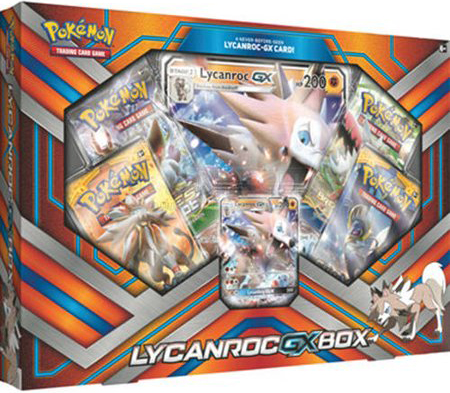
Although there have been video game spin offs featuring Pokémon Trading Card Game cards and playstyles, the original Pokémon Trading Card Game launched the same year as the original Pokémon Red and Pokémon Green in Japan. Having sold more than 30 billion cards around the world, Pokémon TCG is the best selling collectible card game in the world and its popularity continues to soar. Some rare, mint condition cards have even sold for tens of thousands of dollars, with the most valuable sale on record at more than 200 thousand dollars.
However, these cards aren't just for collecting. To this day, official Pokémon TCG league championships are held in countries all around the world. The Pokémon Trading Card game is the number one selling collectible card game on the planet and has even spawned multiple spin off video games.
25 Years of Pokémon: Anime, Movies, and Manga
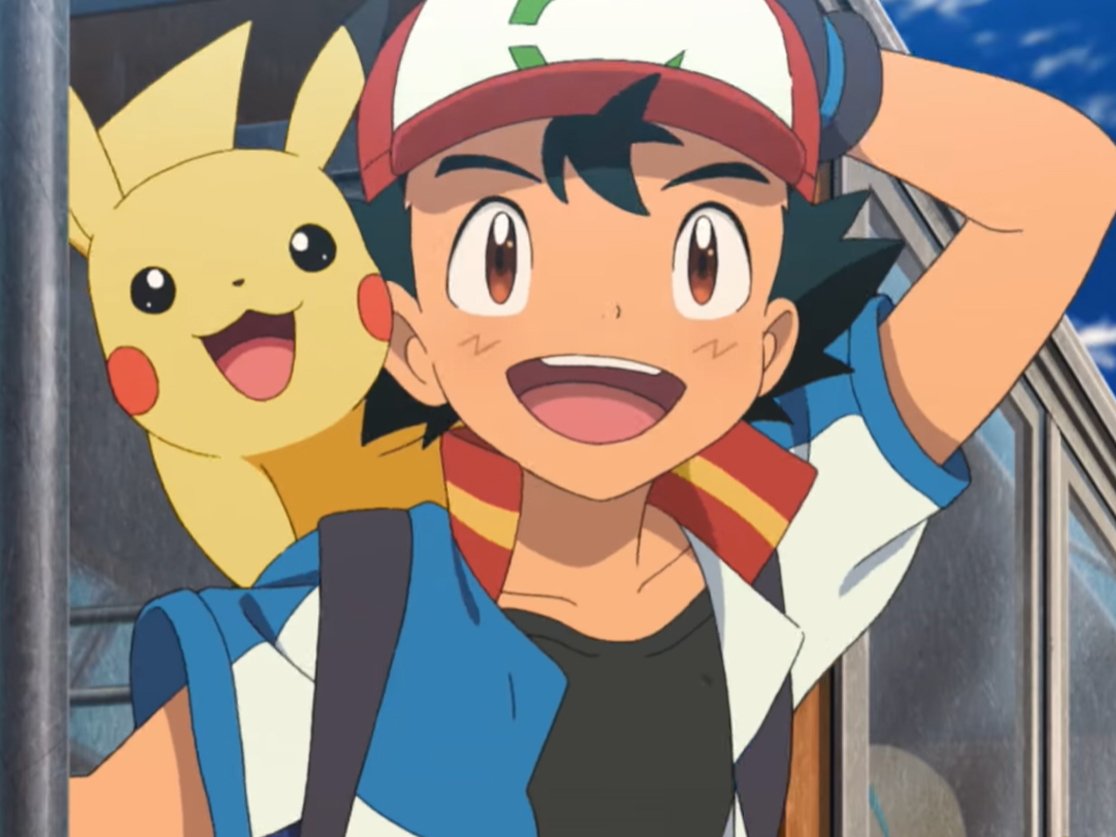
Pokémon isn't just games either. A little over a year after the release of Pokémon Red and Pokémon Green in Japan and a year before they would hit US shelves, Pokémon the Series began airing on Japanese televisions. Currently in its 23rd season, the Pokémon anime and movies follow the adventures of Satoshi, or as English speaking audiences know him, Ash Ketchum and his partner, Pikachu. Between the series and movies, Ash has ventured into every region featured in the core Pokémon games, as well as a few other places in the Pokémon world.
The Pokémon animated world has also featured four spin-off series which tell stories about other Trainers and Pokémon:
- Pokémon Chronicles - a series of 22 shorts that focuses on the supporting cast. Ash rarely appears in this series.
- Pokémon Origins - a four episode, 90 minute special that follows more closely to the games, Origins tells the story of Red and Blue.
- Pokémon Generations - an 18 episode mini series, Generations also follows closer to the games than the animated series. Each 3-5 minute episode provides a little glimpse into the world of the core Pokémon games.
- Pokémon Twilight Wings - released directly to YouTube, Twilight Wings consists of eight episodes, each running about six minutes. This miniseries delves further into the Galar region with no mention of Ash, but instead highlighting the gym leaders and champion of the Galar region.
Pokémon has also inspired several series of manga or comics. Many of these series retell the stories of Ash/Satoshi and Pikachu from the anime or movies — however, most, like Origins or Generations, follow Red as he comes across the various trainers named for each of the core games.
25 Years of Pokémon: The 25th Anniversary and the Future of Pokémon
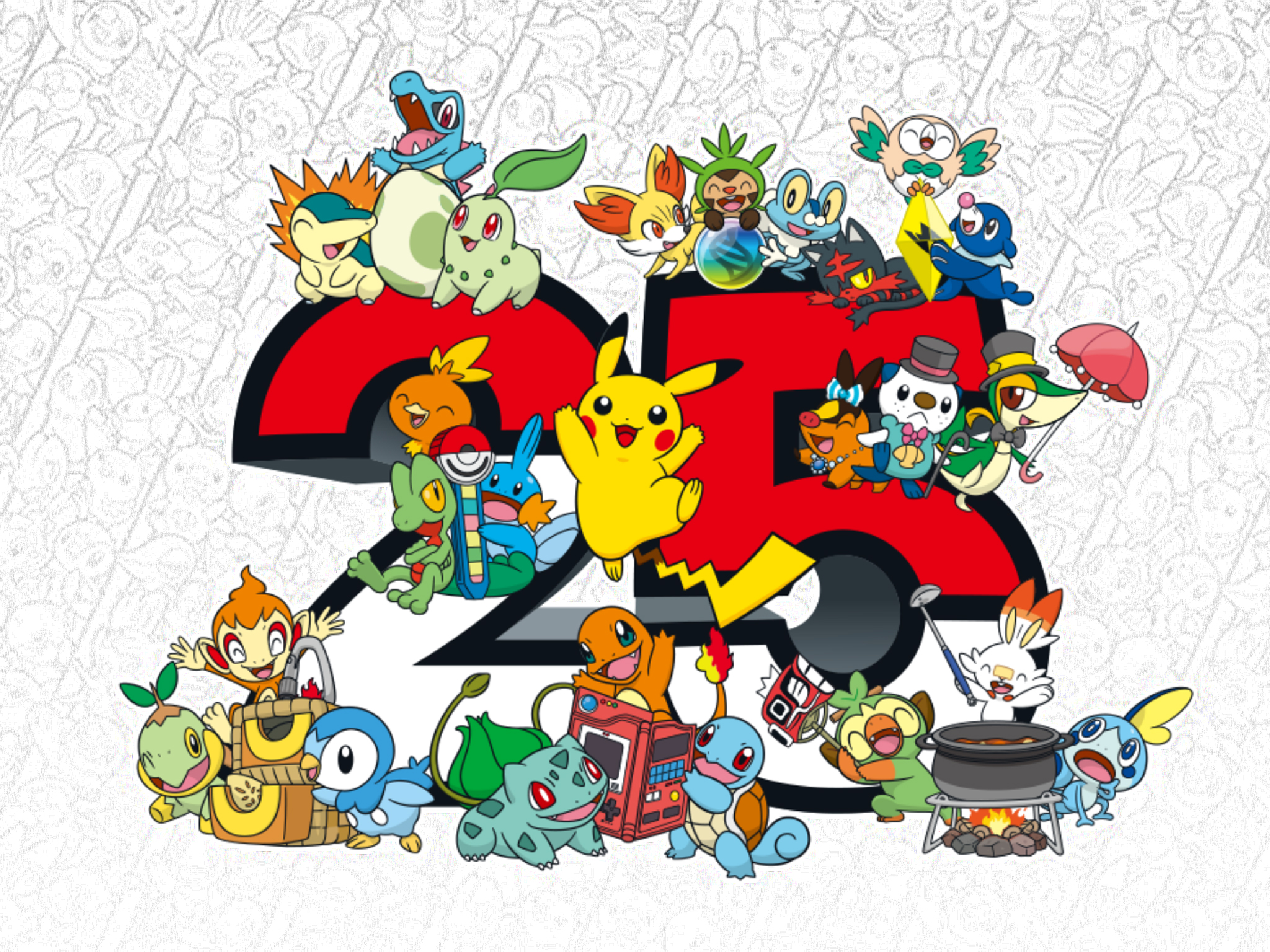
February 27, 2021 marks the 25th anniversary of Pokémon. While many of the details on how Pokémon will be celebrating this big day are still being kept tightly under wraps, we have some predictions about what we expect and what we hope will be announced. How about you? Are you hoping for more news about New Pokémon Snap or are your fingers crossed for Diamond and Pearl remakes? Let us know in the comments below and be sure to check back as we get closer to the anniversary celebrations!
Casian Holly has been writing about gaming at iMore since 2019, but their real passion is Pokémon. From the games to the anime, cards and toys, they eat, sleep, and breathe all things Pokémon. You can check out their many Pokémon Go and Pokémon Sword and Shield guides and coverage here on iMore.
